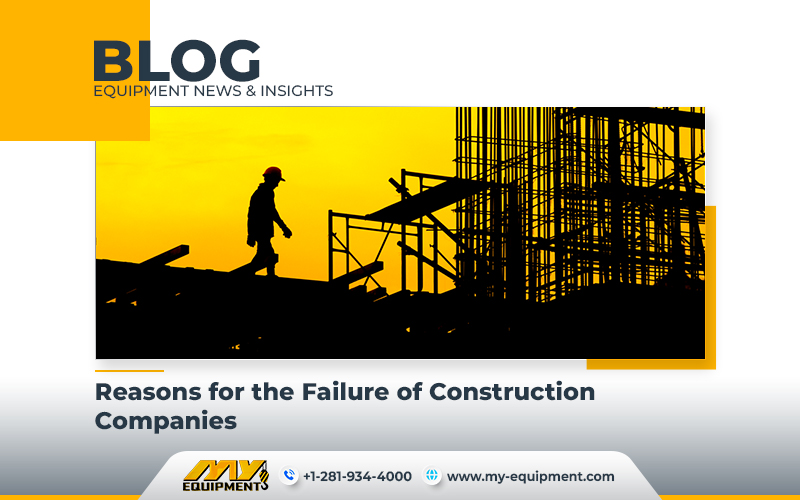Running a successful construction business can be a quite a challenge for most people. The construction industry is rife with complexities and risks that usually lead to business failure. According to data from the Bureau of Labor Statistics, a number of construction enterprises face difficulties. Of the 69,296 private construction businesses that began operations in 2001, only 56 percent were still operating after three years, 26.6 percent after ten years, and merely 17.2 percent after twenty years. This staggering failure rate surpasses 82.8 percent, making the severe challenges in this industry even more obvious. Many, many factors can contribute to the demise of construction companies, but internal issues are often the primary culprits. It is good to look into some typical underlying factors that drive construction enterprises to fail.
Managing Cash Flow & Capital
Construction companies require a lot of capital for investments in tools, used heavy machinery, and vehicles. Poor capital management can actually lead to financial instability, leaving businesses vulnerable to unforeseen challenges.
Effective management of cash flow is a must for companies. Irregular cash flow or excessive outgoing expenses without incoming revenue can quickly lead to failure.
Project Execution
Successful project execution begins with choosing the right projects. Inadequate assessment and bidding can result in unprofitable ventures, causing financial strain.
Planning and Execution
Proper planning, efficient resource allocation, and effective project management are what you need for on-time, on-budget project completion.
Lack of Planning
A well-defined business plan with measurable goals, leadership roles, growth strategies, and succession planning is what can save your project. Straying too far from the core competencies can lead to lots of issues. You should also work on ensuring that your workforce is aware of the company’s goals and objectives.
Growing Too Quickly
Rapid expansion without the necessary resources and expertise can lead to problems too. Caution and strategic planning are an important part that help to sustain growth.


 1400 Broadfield Blvd, Houston, TX 77084,
USA.
1400 Broadfield Blvd, Houston, TX 77084,
USA.